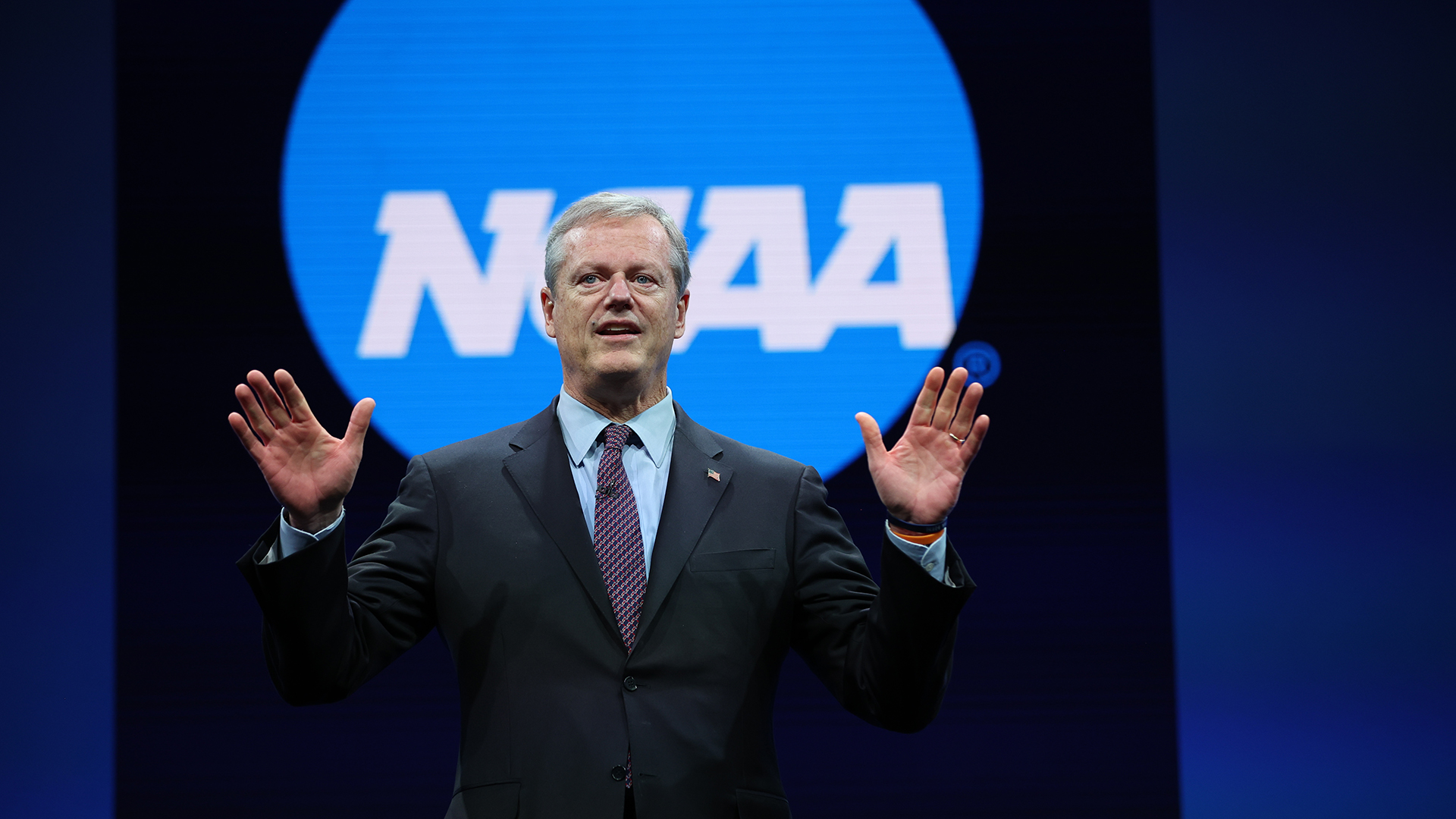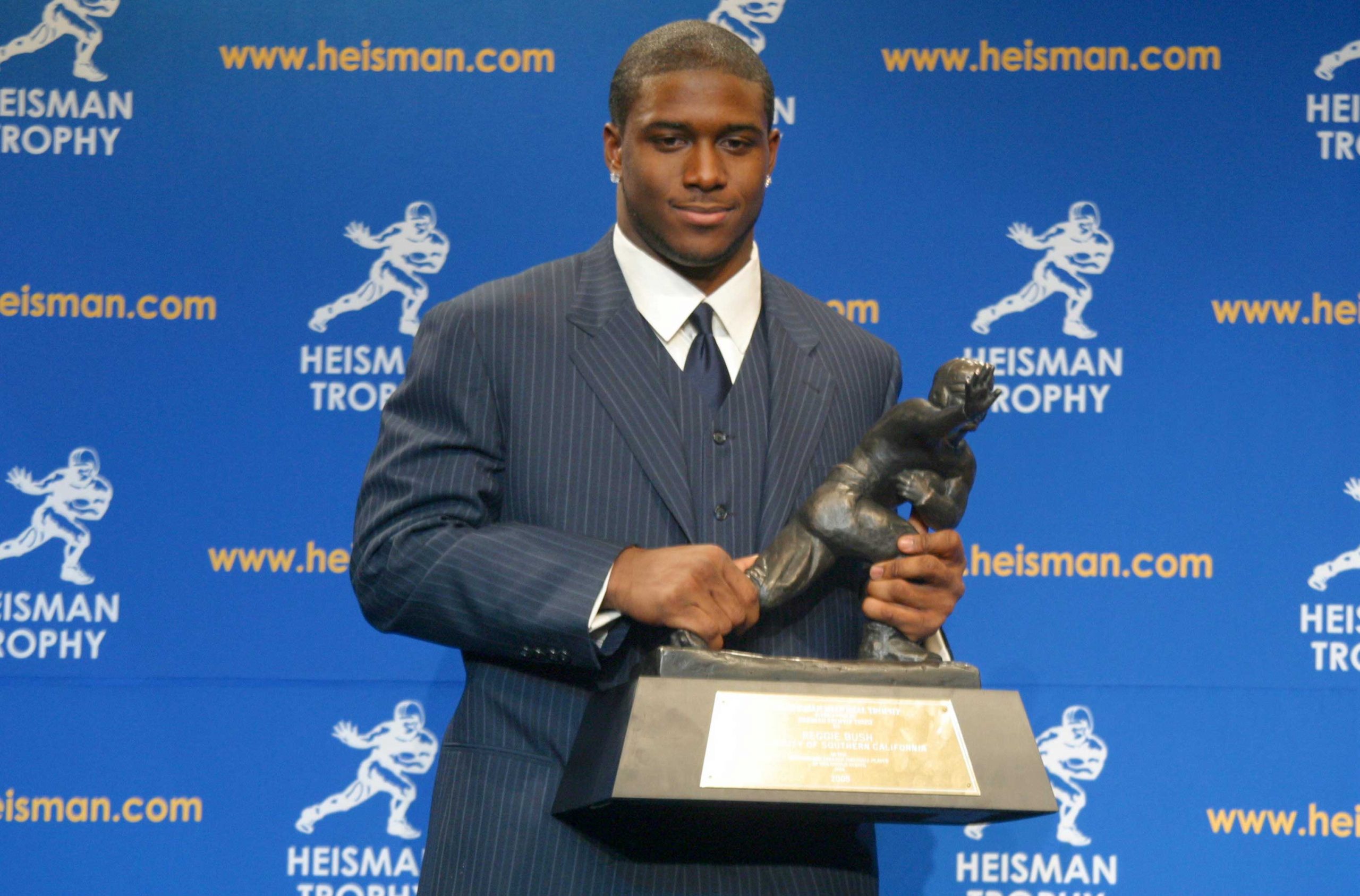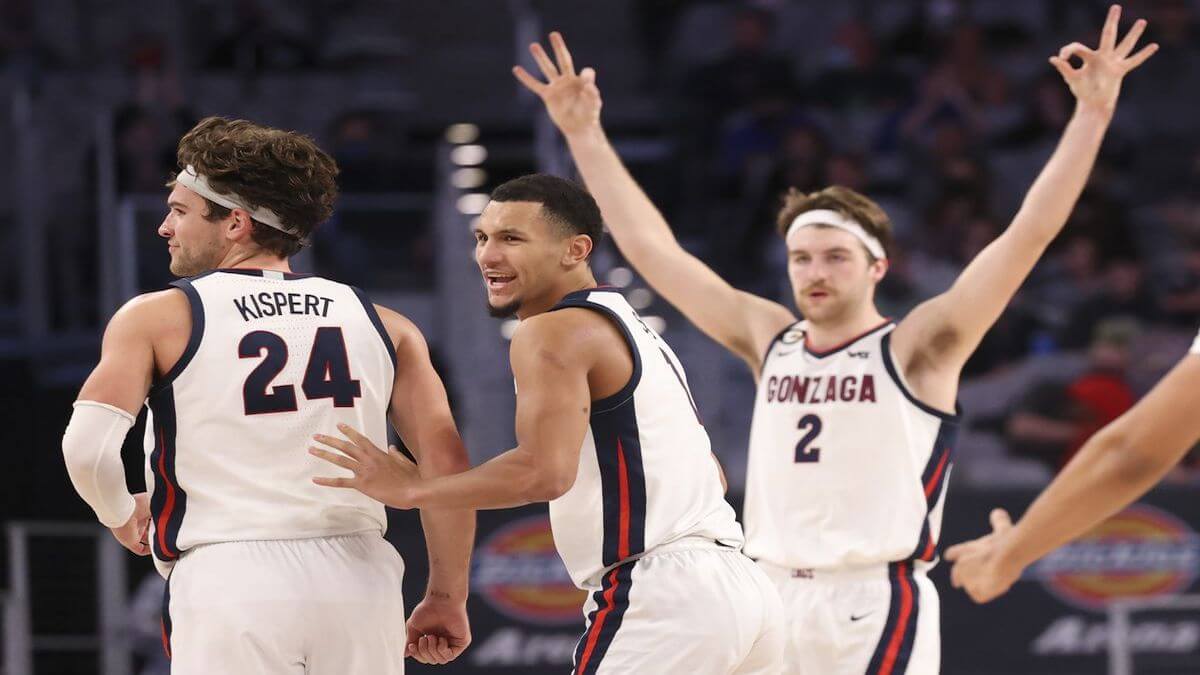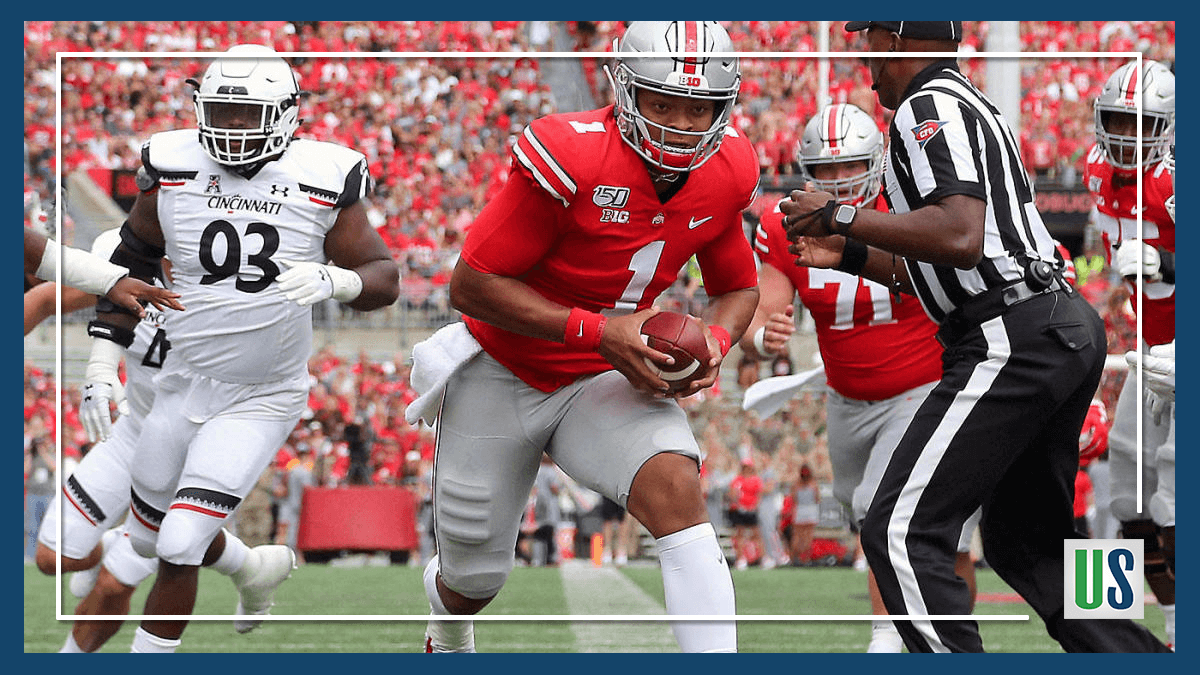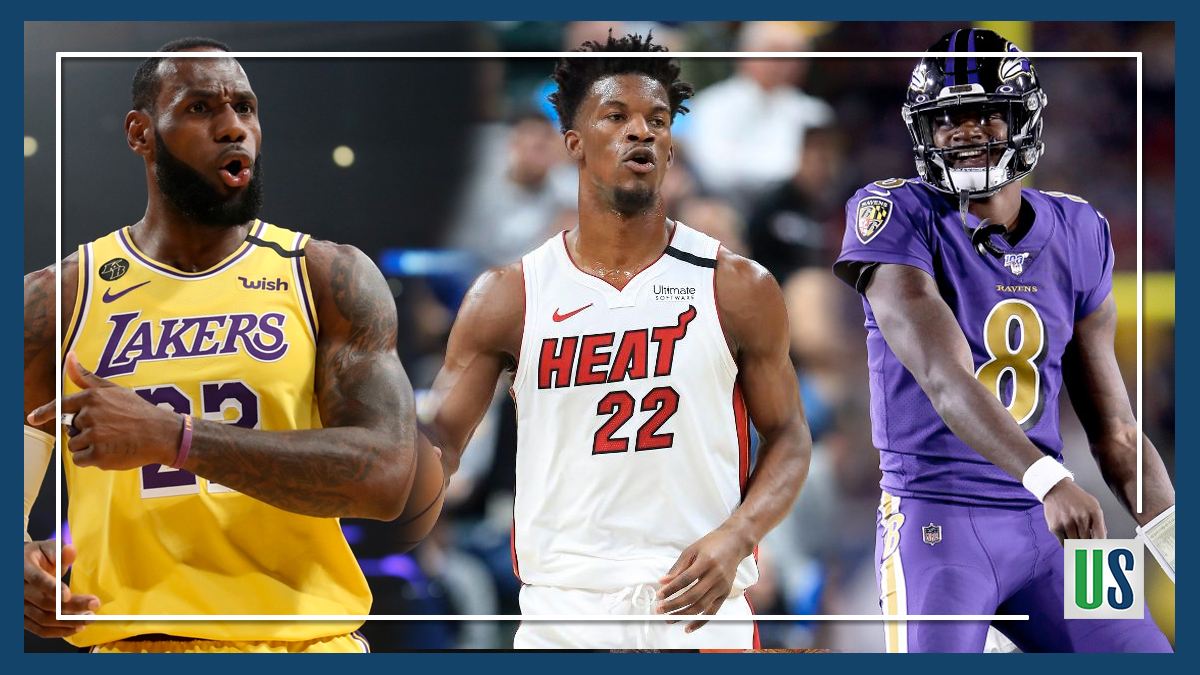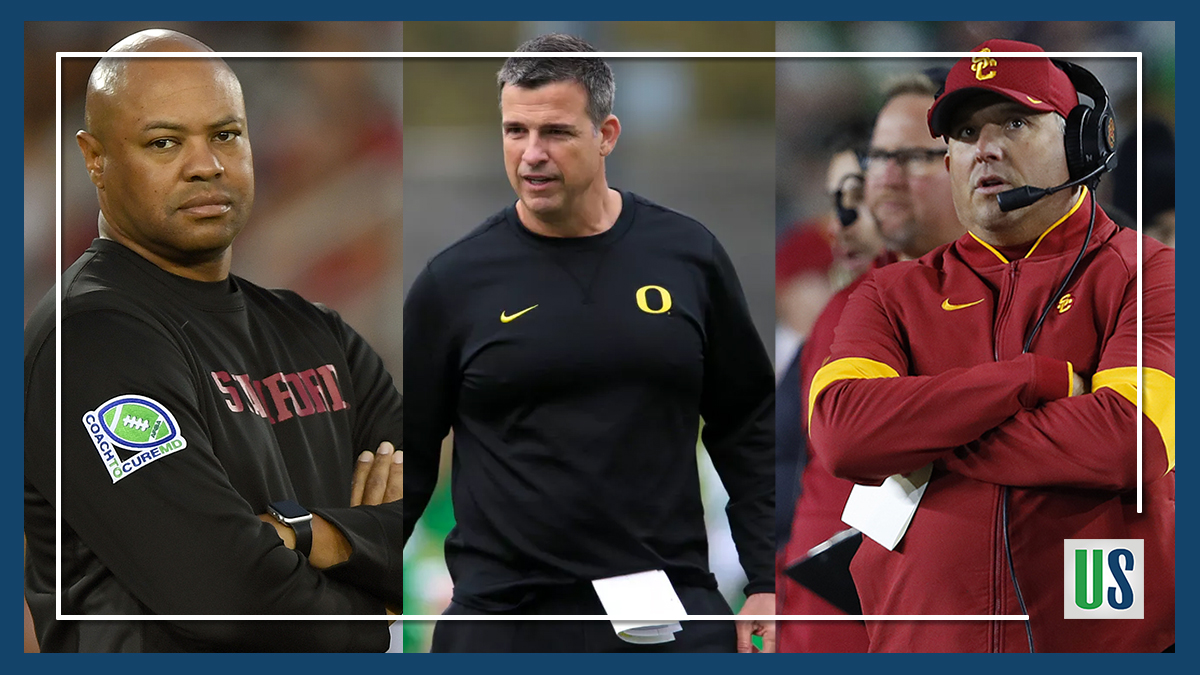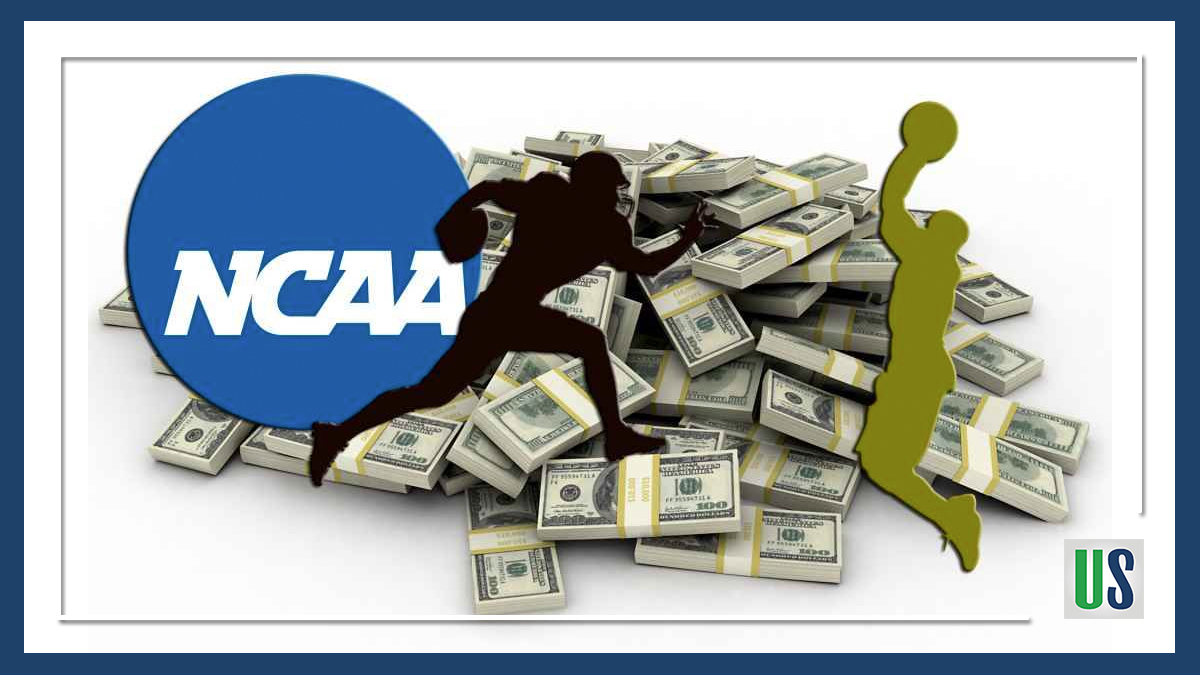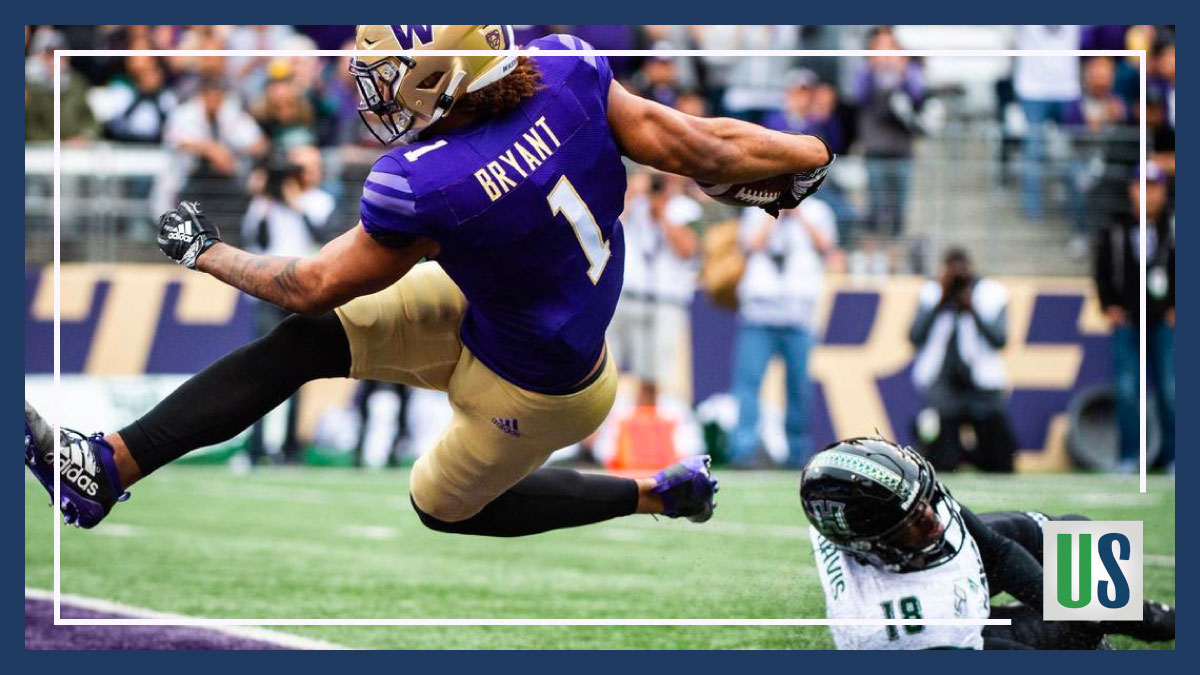There are three things that new NCAA president Charlie Baker needs to be laser focused on. Let’s talk about them.
Charlie Baker replaces Mark Emmert, a University of Washington alum that spent 13 years setting money on fire and ineffectively fighting the cultural tide. I’m not saying that being a University of Washington alum is the reason Mark Emmert was such a horrible president. I’m just saying that he went there… and happened to be a horrible president.
We don’t need to re-litigate the sins of Mark Emmert. At this point, we need solutions. Is Charlie Baker ready to meet the moment, or will he be another empty suit whose presence you only notice when he’s standing in the way of common sense progress?
Only time will tell, but for right now, let’s get into the three things Baker needs to make a priority right out of the gate.
First, Charlie Baker needs to work with the major conference presidents to stabilize them. The Pac-12 is on the brink of collapse, the ACC is headed for major defections, and the Big 12 seems to be egging on the demise of everyone just to paint itself as comparatively stable, even though they just lost their two biggest draws in Texas and Oklahoma. In the mean time, you have an escalating arms race between the SEC and the Big Ten that is being egged on by television network partners.
Charlie Baker isn’t going to be able to reign in the cancerous grow-or-die mindset that is fueling these divisions, but he certainly should have the pull to bring the conference commissioners together to outline a Marvel-style multi-phased vision for the future of the NCAA. If the group has common goals to work toward together, or course they’ll always default to their own self interest, but at least they’ll be expending energy on common goals as well.
Second, the transfer portal is a mess and Baker needs to institute some emergency measures to help figure it out. There are common sense solutions that have been floated ever since it was evident that the transfer portal was turning into a kitchen junk drawer, where things go in but never come out, and it’s time to explore putting those solutions into place.
They had a good start with allowing teams to go above the 25-scholarship limit per class this year, but they can and should do more.
Just this week, Oklahoma State’s Mike Gundy floated the idea of high school athletes signing time-specific contracts. So a five star recruit has the ability to come in on a one-year deal for a scholarship, while a three-star project player can sign a four-year scholarship deal that empowers the athlete to be able to stay even if the coaching staff wants to push them into the portal.
Other athlete-friendly possible solutions include ditching signing day, so that an athlete can sign with a school whenever they are ready, instead of feeling pressured to fill in a spot at a school that might not be the best fit for them based on an arbitrary deadline. This would end the ridiculous practice of uncommittable offers.
The NCAA also has the ability to institute and allow a longevity stipend that would monetarily reward players for spending 3-4 years in one place and earning a degree.
The third thing that Charlie Baker needs to get figured out is a national plan to institute Name, Image and Likeness guidelines that allow players to capitalize on themselves the same way that their schools capitalize on them. It’s not Baker’s fault that the NCAA spent millions and millions of dollars trying to block NIL instead of shape it, but this is his problem now. And yes, I get that Baker is beholden to the institutions themselves, and not necessarily the athletes, but those things don’t have to be in opposition. They both need each other.
If schools are worried about losing corporate sponsorship dollars directly to the athletes, get the schools on board with directing 10% of any program sponsorship dollar directly to an NIL fund that pays out evenly to all members of that sport. If schools are worried about different states having different laws, work with a coalition of people that represent the interest of all parties involved to hand over completed legislation to the representative of your choice to sponsor.
Don’t let an 82-year-old senator that longs for the days of leather helmets or underhand free throws write a bill.
Charlie Baker has a lot on his plate, but as long as he stays sharp on protecting the welfare of student athletes so that we never have another Larry Nassar or Jerry Sandusky harming people over a prolonged period of time, the actual things he needs to accomplish to be considered a success are fairly simple.
Stabilize the major conferences. Address the issues that have caused the transfer portal traffic jam. Guide the country’s NIL strategy in a way that is mutually beneficial for the athletes and schools alike.
If Charlie Baker can do those three things, he’ll be as good as Mark Emmert was bad.
Let that sink in.

